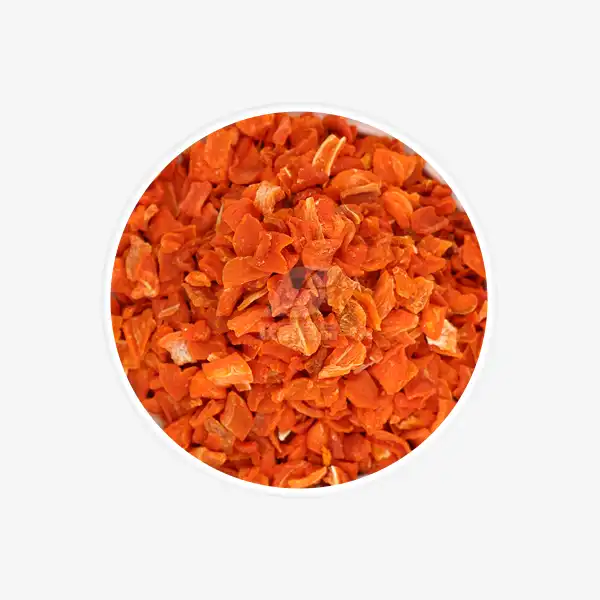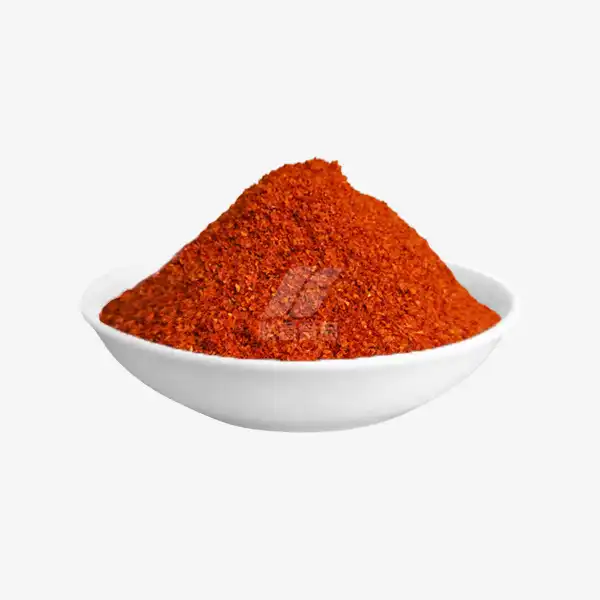How Ground White Pepper Enhances Your Dishes?
Ground white pepper is a versatile spice that can elevate your culinary creations to new heights. This often-overlooked seasoning offers a unique flavor profile and subtle heat that can transform ordinary dishes into extraordinary ones. In this article, we'll explore the nuances of ground white pepper and discover how it can enhance your cooking.
The Flavor Profile of Ground White Pepper
White pepper, derived from fully ripened peppercorns, possesses a distinct taste that sets it apart from its black counterpart. The flavor can be characterized as:
- Earthy and musty
- Slightly fermented
- Less pungent than black pepper
- Subtly spicy with a lingering heat
The distinct flavor of white pepper arises from its unique processing method. Unlike black pepper, which is picked before reaching full maturity, white peppercorns are allowed to fully ripen. Once ripe, they undergo a fermentation process, during which the outer skin is removed, exposing the inner seed. This method results in a milder, less pungent taste compared to black pepper, making white pepper a preferred choice for certain culinary dishes.
The fermentation process gives white pepper a unique, complex flavor profile, enhancing the depth of various dishes. Without the outer skin, white pepper has a milder heat compared to black pepper, offering a subtler spiciness. This makes it an ideal choice for those who enjoy a gentler kick in their food, allowing the other flavors to shine through while still providing a hint of warmth.
Ground white pepper is perfect for light-colored dishes where black specks may be unappealing. Its fine texture allows it to blend effortlessly into creamy sauces, soups, and mashed potatoes, enhancing flavor without affecting the dish’s appearance. This makes it a popular choice among chefs who seek to maintain a clean, smooth look while adding a subtle kick to their culinary creations. Its versatility and aesthetic appeal make it a staple in many kitchens.
Best Recipes Featuring White Pepper
Ground white pepper can enhance a wide array of dishes across various cuisines. Here are some recipes where white pepper truly shines:
- Creamy Potato and Leek Soup: This classic French dish is enhanced by the subtle heat and earthy undertones of white pepper. The spice complements the mild flavors of potatoes and leeks without overwhelming them, creating a harmonious balance that elevates the soup’s richness.
- Chinese Hot and Sour Soup: White pepper plays a crucial role in this popular Chinese soup, offering a gentle heat that perfectly balances the sour and savory notes. Its warmth rounds out the complexity of the broth, adding a layer of depth without overshadowing the other flavors.
- Swedish Meatballs: White pepper is a key ingredient in traditional Swedish meatball recipes. Its warm, slightly fermented flavor infuses the meat mixture and cream sauce, giving the dish its signature taste. The pepper enhances the overall richness, making it a standout in Scandinavian cuisine.
- Béchamel Sauce: In this classic French white sauce, ground white pepper is added to bring out its flavor while preserving its smooth, pristine appearance. The pepper enhances the sauce’s creamy texture and adds a subtle kick without altering its delicate color, making it ideal for a variety of dishes.
- Vietnamese Pho: In the aromatic broth of Vietnamese pho, white pepper contributes to the complex flavor profile. The spice adds a mild heat that complements the fresh herbs and spices, enriching the broth without overpowering the delicate flavors of the soup.
When incorporating ground white pepper into your recipes, remember that a little goes a long way. Start with small amounts and adjust to taste, as its flavor can intensify during cooking.
Tips for Storing and Preserving White Pepper
To maintain the potency and flavor of your ground white pepper, proper storage is crucial. Here are some tips to ensure your spice remains fresh:
- Store in an airtight container: Keep your white pepper in an airtight container to shield it from moisture and air. Exposure to these elements can cause the pepper to lose its potency and flavor over time.
- Keep away from light: Store your white pepper in a cool, dark place. Light can degrade its essential oils, leading to a loss of flavor and aroma. A pantry or cupboard away from windows is ideal.
- Avoid heat: It's important to keep your white pepper away from heat sources like the stove or oven. Heat can cause the pepper’s volatile oils to evaporate, reducing its flavor and aroma.
- Buy whole peppercorns: Whenever possible, opt for whole white peppercorns and grind them as needed. Whole peppercorns retain their freshness and flavor much longer than pre-ground pepper, ensuring the best taste in your dishes.
- Use within 6-12 months: While properly stored white pepper can last beyond a year, it’s recommended to use it within 6 to 12 months for the best flavor and potency. Regularly replenishing your stock ensures a fresher, more flavorful experience.
By following these storage tips, you can ensure that your ground white pepper remains flavorful and aromatic, ready to enhance your culinary creations at a moment's notice.
Conclusion
Ground white pepper is a versatile spice that can add depth, complexity, and subtle heat to a wide range of dishes. Its unique flavor profile and ability to blend seamlessly into light-colored foods make it an invaluable tool in any cook's spice arsenal. By understanding its characteristics and proper usage, you can elevate your cooking and create truly memorable meals.
For high-quality ground white pepper and other dehydrated spices, consider products from Xinghua Lianfu Food Co., Ltd. With over two decades of experience in producing premium dehydrated vegetables and spices, Lianfu Food ensures the highest standards of quality and food safety. For more information, contact us at qingzhengliu@jslianfu.com.
References
1. Smith, J. (2020). The Complete Guide to Culinary Peppers. Culinary Press.
2. Chen, L. (2019). Spices in Chinese Cuisine: A Historical Perspective. Asian Culinary Institute.
3. Johnson, M. (2021). Mastering the Art of Spice Blending. Gourmet Publishing.
4. Patel, R. (2018). The Science of Spices: Chemistry, Flavor, and Preservation. Food Science Quarterly.
5. Anderson, K. (2022). Global Spice Trade: From Ancient Routes to Modern Markets. International Spice Journal.

_1729843393550.webp)









